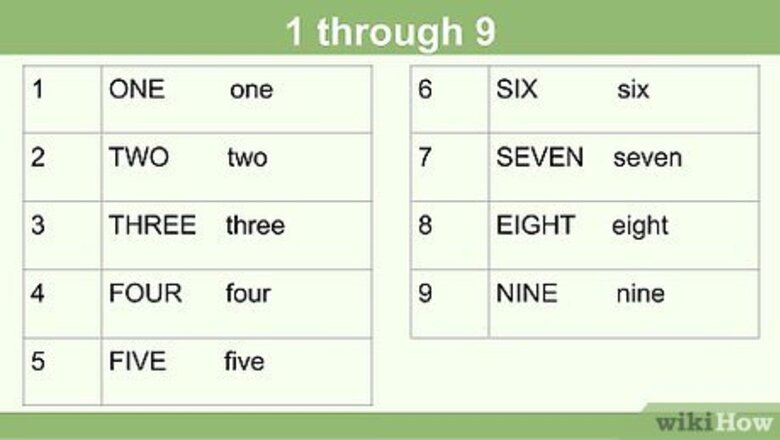
views
Spelling Single-Digit Numbers
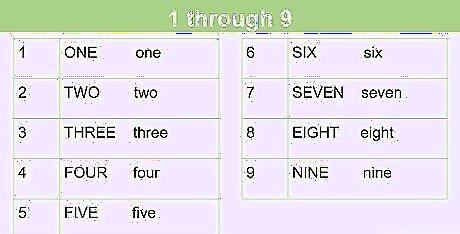
Spell out the numbers one through nine. Unless you are short on space, this is the most widely accepted way to write a single-digit number.
Spell out “zero” as well. Since it can be easily mistaken for the letter “O” it is best to treat it as if it were a single-digit number.
Writing Double-Digit Numbers
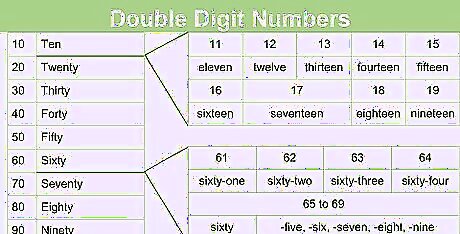
Spell out numbers when they appear at the beginning of a sentence. In almost all cases, single, double-digit and compound numbers should be spelled out for clarity if they start a sentence. Exceptions may be used for incomplete sentences, like bullet points, or four-numeral dates (i.e. 1845).
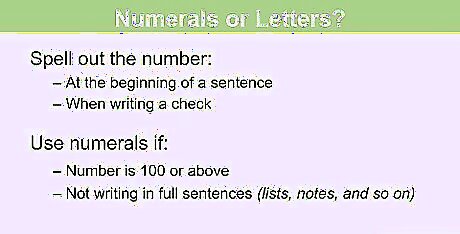
Decide whether you want to use numbers or spell out the words when double-digit numbers are used elsewhere in a sentence. The majority of styles suggest using the numerals, such as 67; however, Chicago Manual of Style suggests spelling these out until you get to number 100. Check with your professor or editor if you are unsure. Whatever you choose, make sure you are consistent.
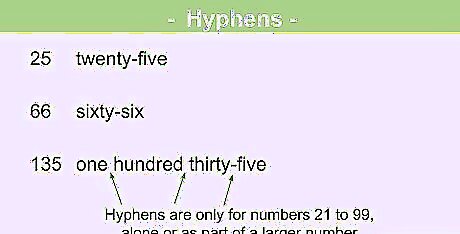
Hyphenate all double-digit numbers from twenty-one to ninety-nine. This mostly applies to writing them at the beginning of a sentence. It can also apply to all double-digit numbers if you are using the Chicago Manual of Style.
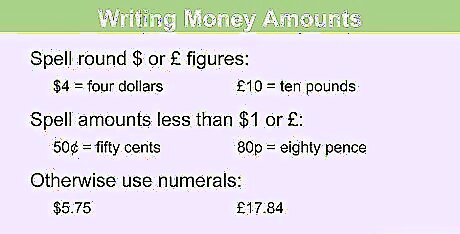
Spell out cents when you are writing them independently of a larger sum. It is better to write “fifty cents” than “$0.50”. If you are writing cents as part of an amount greater than $1, write “$1.50”.
Writing Large Numbers
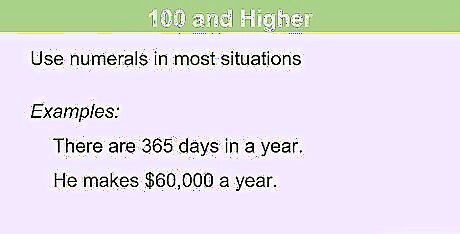
Don’t spell out numbers that are larger than 99, unless they are at the beginning of a sentence. These numbers can get fairly long, and they are clearer if written as numerals. For instance, 487 is clearer and more succinct than four hundred eighty-three.
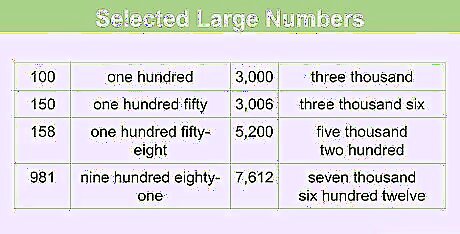
Spell out large numbers at the beginning of a sentence. Despite the long numbers, this is still the accepted grammatical style in most cases. Note, that it is better to use the most succinct version of the word when you start getting into the thousands. For example, forty-five hundred is a better spelling than four thousand five hundred. You don’t need to use the word “and” for larger numbers, as it is implied.
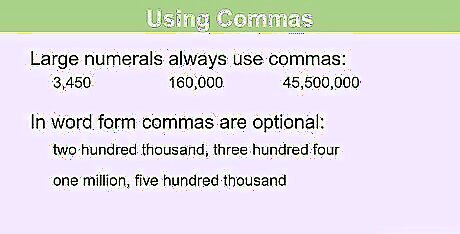
Include commas as well as numerals if you are writing numbers in the thousands that are not at the beginning of a sentence. For example, “She made $6,987 during the month of June.”
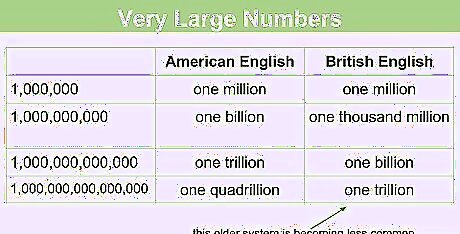
Spell out numbers in the millions or higher. After you get to seven-digit figures, the zeros are generally too long to prove clear if you write numerals. For example, use one million, rather than 1,000,000. Add the word “dollars” after the spelling if you are referring to currency. Replace dollars with another currency if it applies.
Writing Times or Dates
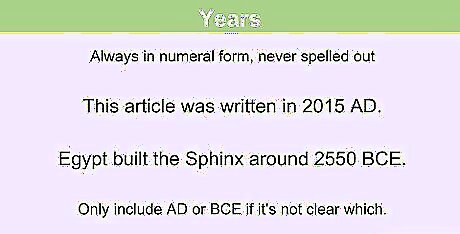
Use numerals with dates, rather than spelling them out. For example, 1900 or 764. This is true whether at the beginning or in the middle of a sentence. It is a good idea to include AD or BC for double or triple-digit dates to improve clarity.
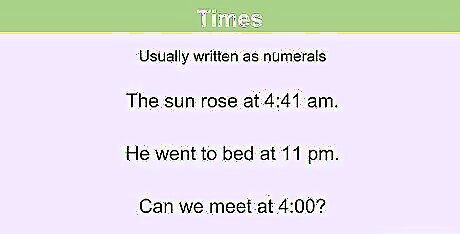
Use numerals with times as well. For inexact times, you can write 8 AM, rather than 8:00. For specific times, include a colon and the exact time to the minute. You can write AM and PM, am and pm, A.M. and P.M., or a.m. and p.m. All of these are correct. Just make sure you stick with one system.
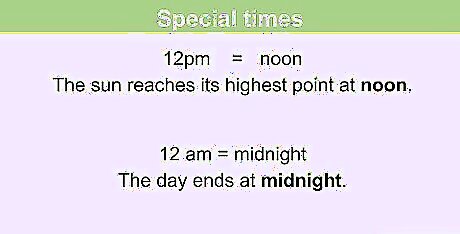
Spell out noon or midnight, when using these times in a sentence.
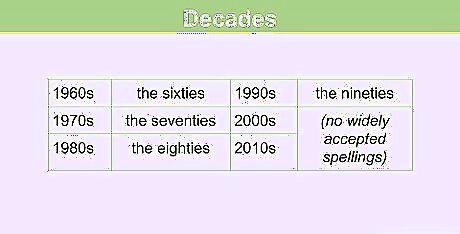
Spell out decades. Generally, it is better spell out seventies than write “70s.” Some styles prefer that you use numerals, in which case you should leave out the apostrophe before the “s.”
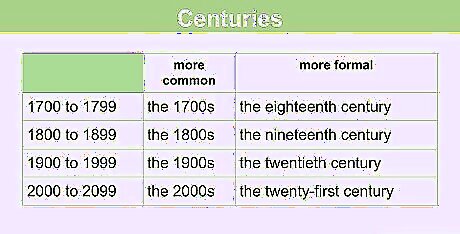
Use numerals with four-digit dates. Also, avoid the apostrophe. For example, “1600s.”

















Comments
0 comment